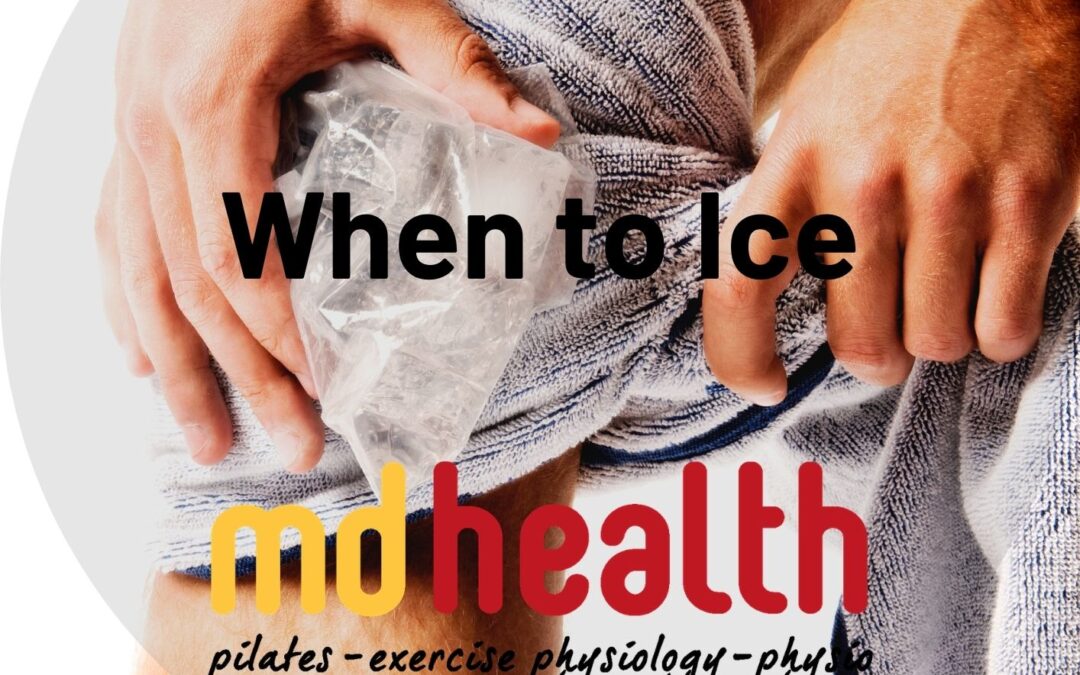ICING and when to use it as part of the RICE (Rest Elevation Ice Compression) technique
RICE is a common technique that is widely recommended by health care professionals. It is used in the short term for many soft tissue injuries. These can include ankle sprains or muscle “tweaks”. However, research around this technique has changed in recent years. Specifically in regards to the ‘icing’ component of the RICE technique. Ice was thought to focus on both inflammation and pain around the injury site. Research suggested a reduction in temperature surrounding the area slowed down the inflammatory process. It was accepted this would help with pain and aid the overall healing of the tissue.
Recently, scientists and health care professionals have disputed this theory. Prolonged unnecessary icing, specifically to soft tissue areas, may delay the overall healing process. It was suggested it may cause detriment in the long term if overused. Instead, research points towards using ice as pain relief around an injury. This helps encourage the natural inflammatory healing process that we go through after an injury.
Our body is unique in that it requires some degree of inflammation after we injure ourselves. It uses this process to communicate with the brain to heal the affected area correctly. No one injury is the same. Therefore, it requires a whole complex of different messages and signals. This is commonly referred to as inflammation. Recent research suggests that over stimulation to one area from ice has less of a significant role in the inflammation process than previously thought. It works better for pain relief.
Bottom line: When should I ice my injuries?
Ice should still be used after an injury. But, more so for managing pain, rather than inflammation. It is recommended for 20 minutes on and 20 minutes off for the first 2-3 hours. As well as following the Rest, Ice, Compression, Elevation (RICE) protocol. If the pain becomes less severe in the days following an injury, stop the icing process. Therefore, use ice on a needs only basis when the injury becomes painful or flares up.
Malanga, G. A., Yan, N., & Stark, J. Mechanisms and efficacy of heat and cold therapies for musculoskeletal injury.
Do you have any questions?
- Call us on (03) 9857 0644 or (07) 3505 1494 (Paddington)
- Email us at admin@mdhealth.com.au
- Check out our other blog posts here
Our clinical staff would be happy to have chat if you have any questions.



